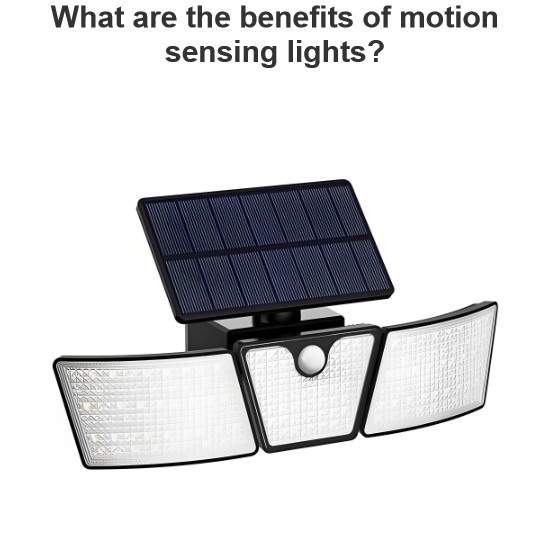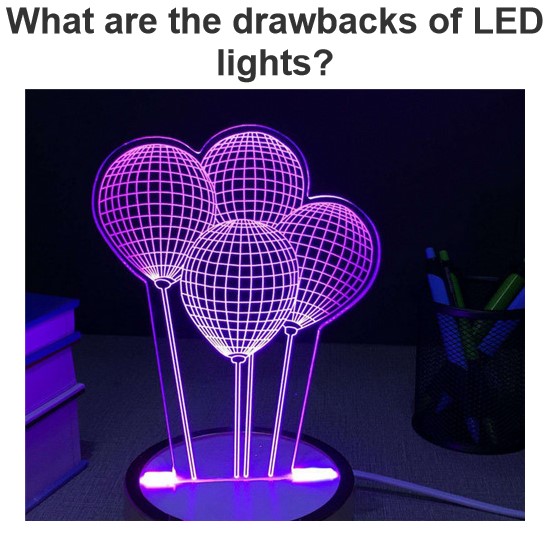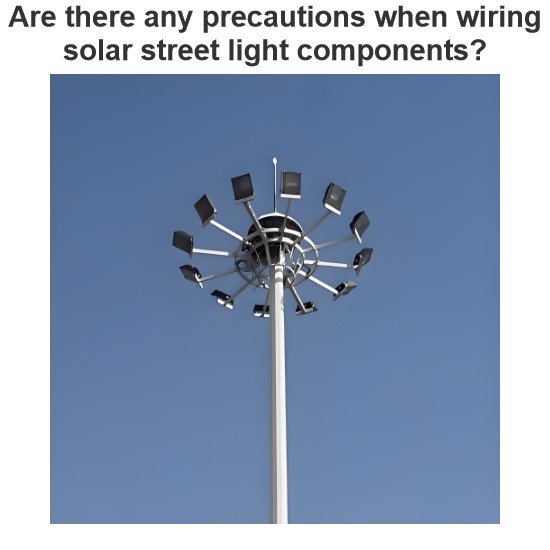Tube Light Connection Circuit & Wiring Diagram
Required Wiring Components
A tube light is not connected in the supply main directly. Although it operates at 230 V, 50 Hz, some auxiliary electrical components are used to insert in this installation to support the tube light operational principle. The total electrical components for single tube light installation are
Choke: it is electromagnetic ballast or electronic ballast
Starter: Small neon glow up lamp
Switch
Wires
Please ensure that you take the appropriate electrical safety precautions when performing any kind of electrical installation.
Wiring Diagram of Single Tube Light Installation with Electromagnetic Ballast
Different electrical symbols are used to make the wiring diagram below:
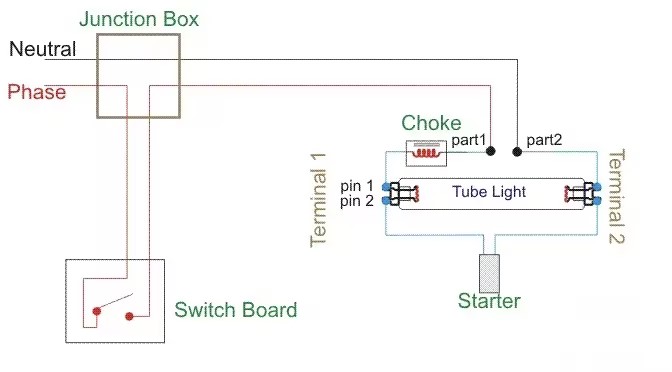
How to Install a Single Tube Light with Electromagnetic Ballast
From the junction box the neutral wire is not taken out to the switch board, rather it is taken out from the junction box and carried out to the port 2 of the tube light, as per figure above. A wire already connects port 2 and pin 1 of the terminal 2. So the neutral wire is continued from port 2 to pin 1 of terminal 2.
The live wire or phase is taken from the junction box to the switchboard. The live wire is connected to the one terminal of the switch. From another terminal of the switch the wire is carried out up to tube light set up and connected to port 1.
One terminal of choke or ballast is connected to port 1 and another terminal is connected to pin 1 of terminal 1.
One end of a starter is connected to pin 2 of terminal 1 and another end of the starter is connected to the pin 2 of terminal 2.
Wiring Diagram of Single Tube Light Installation with Electronic Ballast
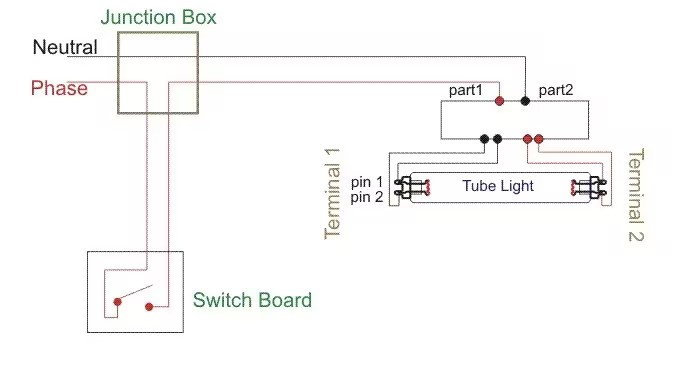
How to Install a Single TubeLight with Electromagnetic Ballast
As no starter is used in the case of electronic ballast application, the wiring diagram is slightly different.
Electronic ballast has six ports, two ports out of six ports are for the input, and the remaining four ports are for output ports. Suppose they are named port 1 and port 2 for input; port 3, port 4, port 5 and port 6 are for output of the ballast.
From the junction box the neutral wire is taken out and carried to port 2 of the electronic ballast to connect, as per figure above.
The live wire or phase is taken from the junction box to the switch board. The live wire is connected to one terminal of the switch. From another terminal of the switch, the wire is carried up to tube light set up and connected to port 1 of the electronic ballast.
Let, the color of wires from port 3 and port 4 are black, and from port 5 and port 6 are red or any other color.
Port 3 and pin 2 of terminal 1 and Port 4 and pin 1 of terminal 1 are connected.
Port 6 and pin 2 of terminal 2 and Port 5 and pin 1 of terminal 2 are connected.
[NB: The incoming voltage of port 1 and port 2 of the electronic ballast is only 230 V, 50 Hz. But output ports 3, 4, 5 and 6 give a very high voltage at the time of switch ON, may be 1000 V at 40 kHz or more. When tube light starts to operate, output ports voltages become below 230 V at 40 kHz or more.]
Statement: Respect the original, good articles worth sharing, if there is infringement please contact delete.
Electrical4U is dedicated to the teaching and sharing of all things related to electrical and electronics engineering.

